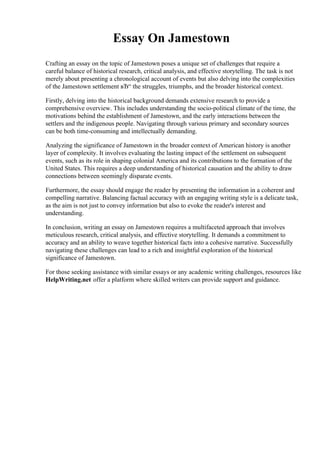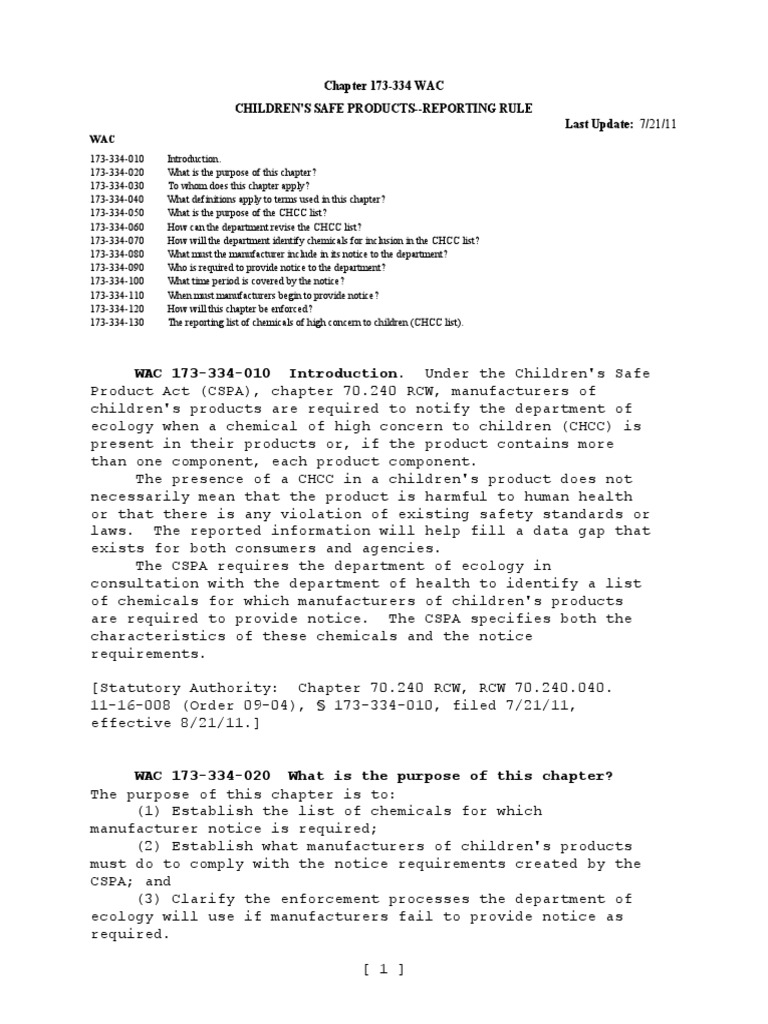The China Factor: Analyzing The Struggles Of BMW, Porsche, And The Broader Automotive Landscape

Table of Contents
Intense Domestic Competition
The rise of powerful domestic Chinese auto brands like BYD, Nio, and Xpeng is reshaping the competitive landscape. These companies are not only capturing significant market share but also forcing established players like BMW and Porsche to reassess their strategies.
- Technological Advancements: Chinese brands are rapidly innovating, particularly in electric vehicles (EVs) and new energy vehicles (NEVs). Their advancements in battery technology, autonomous driving features, and connected car technologies are often on par with, or even exceeding, those of their Western counterparts.
- Aggressive Pricing Strategies: Domestic brands frequently employ aggressive pricing strategies, often offering comparable features at significantly lower price points. This directly impacts the profitability and market positioning of premium brands like BMW and Porsche.
- Strong Government Support and Subsidies: The Chinese government actively supports the growth of its domestic auto industry through substantial subsidies, tax breaks, and infrastructure investments. This gives Chinese brands a considerable competitive advantage.
- Focus on Electric Vehicles and NEVs: China's strong push towards electrification creates a rapidly expanding NEV market, where domestic brands are leading the charge. This shift necessitates a rapid and significant investment from international brands to remain competitive.
This intense competition is clearly reflected in BMW and Porsche's sales figures, which have experienced slower growth in China compared to their performance in other markets. The pressure to compete on price and technology is forcing these luxury brands to adapt their strategies.
Navigating Regulatory Hurdles and Shifting Policies
The Chinese automotive market is characterized by a constantly evolving regulatory landscape. Navigating these complexities adds significant operational costs and strategic challenges for international automakers.
- Challenges in Meeting Stringent NEV Quotas: China has implemented strict quotas for NEV production and sales, forcing automakers to accelerate their electrification strategies or face penalties. This represents a huge investment for established players.
- Complex Homologation Processes: The certification process for new vehicles in China is notoriously complex and time-consuming, delaying product launches and increasing costs.
- Impact of Evolving Data Privacy Laws: China's increasingly stringent data privacy regulations require international automakers to adapt their data collection and management practices, adding complexity and cost.
- Uncertainty Around Future Policy Changes: The ever-changing regulatory environment creates uncertainty and necessitates a flexible and adaptable approach to long-term planning.
These regulations significantly impact BMW and Porsche's operational costs and necessitate continuous adaptation of their market strategies. Compliance requires substantial investment and expertise, putting further pressure on margins.
Understanding Consumer Preferences and Cultural Nuances
Chinese consumers exhibit unique preferences and expectations that differ significantly from those in other markets. Understanding these nuances is crucial for success.
- Emphasis on Digital Connectivity and Smart Features: Chinese consumers highly value digital connectivity and advanced technological features in their vehicles. This includes sophisticated infotainment systems, advanced driver-assistance systems (ADAS), and seamless integration with mobile devices.
- Preference for Locally Produced Vehicles: There is a growing preference among Chinese consumers for vehicles produced locally, which often translates to support for domestic brands.
- Importance of Social Media Marketing and Brand Reputation: Social media plays a critical role in shaping brand perception and driving sales in China. Positive brand reputation is crucial for success.
- Growing Demand for Luxury EVs: The combination of growing affluence and a push towards electrification is driving significant demand for luxury EVs, creating a lucrative but competitive segment.
BMW and Porsche are adapting their marketing and product development strategies to cater to these preferences, focusing on localized features, digital marketing campaigns, and the development of electric luxury vehicles specifically tailored for the Chinese market.
Case Study: BMW's Challenges and Adaptations in China
BMW has faced challenges in China related to intense competition from domestic EV manufacturers and the complexities of navigating the regulatory landscape. However, BMW has responded by increasing its localization efforts, investing heavily in its local production facilities, and strategically partnering with Chinese companies to enhance its supply chain and distribution network. They’ve also diversified their product offerings to include a wider range of electric and hybrid vehicles tailored to the preferences of Chinese consumers.
The Broader Automotive Landscape and Future Outlook
The China Factor has profound implications for the global automotive industry. The rapid growth of the Chinese market is driving technological innovation, particularly in the area of EVs and autonomous driving. The dominance of domestic brands is forcing international players to rethink their strategies, focusing on localization, partnerships, and technological adaptation. Other international automakers are employing similar strategies, focusing on joint ventures, localized production, and the development of tailored products. Predictions for the future point towards continued growth in the Chinese automotive market, albeit with an increasingly competitive landscape dominated by both international and domestic players. The long-term effects will likely include a faster pace of technological innovation and a more diverse range of automotive offerings globally.
Conclusion
The China Factor presents significant challenges for international automakers, including intense competition from domestic brands, a complex regulatory environment, and unique consumer preferences. BMW, Porsche, and other brands are adapting their strategies through localization, partnerships, and product diversification to navigate these complexities. Understanding the nuances of the Chinese market is paramount for long-term success in this dynamic and crucial automotive market. Understanding the China Factor is crucial for anyone involved in the automotive industry. Continue your research on the latest developments in the Chinese automotive market to stay ahead of the curve.

Featured Posts
-
 Grand National Horse Deaths A Look Ahead To 2025
Apr 27, 2025
Grand National Horse Deaths A Look Ahead To 2025
Apr 27, 2025 -
 Exploring Nosferatu The Vampyre A Now Toronto Detour
Apr 27, 2025
Exploring Nosferatu The Vampyre A Now Toronto Detour
Apr 27, 2025 -
 New Cast And Source Material Confirmed For The Perfect Couple Season 2
Apr 27, 2025
New Cast And Source Material Confirmed For The Perfect Couple Season 2
Apr 27, 2025 -
 Jannik Sinners Doping Case Concludes
Apr 27, 2025
Jannik Sinners Doping Case Concludes
Apr 27, 2025 -
 Indian Wells Una Favorita Fuera De Competicion
Apr 27, 2025
Indian Wells Una Favorita Fuera De Competicion
Apr 27, 2025
Latest Posts
-
 Legal Battle E Bay Banned Chemicals And The Limits Of Section 230
Apr 28, 2025
Legal Battle E Bay Banned Chemicals And The Limits Of Section 230
Apr 28, 2025 -
 E Bay Faces Legal Reckoning Section 230 And The Sale Of Banned Chemicals
Apr 28, 2025
E Bay Faces Legal Reckoning Section 230 And The Sale Of Banned Chemicals
Apr 28, 2025 -
 Massive Office 365 Data Breach Exposes Millions In Losses
Apr 28, 2025
Massive Office 365 Data Breach Exposes Millions In Losses
Apr 28, 2025 -
 Crooks Office 365 Exploit Millions In Losses For Executives
Apr 28, 2025
Crooks Office 365 Exploit Millions In Losses For Executives
Apr 28, 2025 -
 Federal Authorities Uncover Multi Million Dollar Office 365 Hacking Scheme
Apr 28, 2025
Federal Authorities Uncover Multi Million Dollar Office 365 Hacking Scheme
Apr 28, 2025
